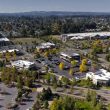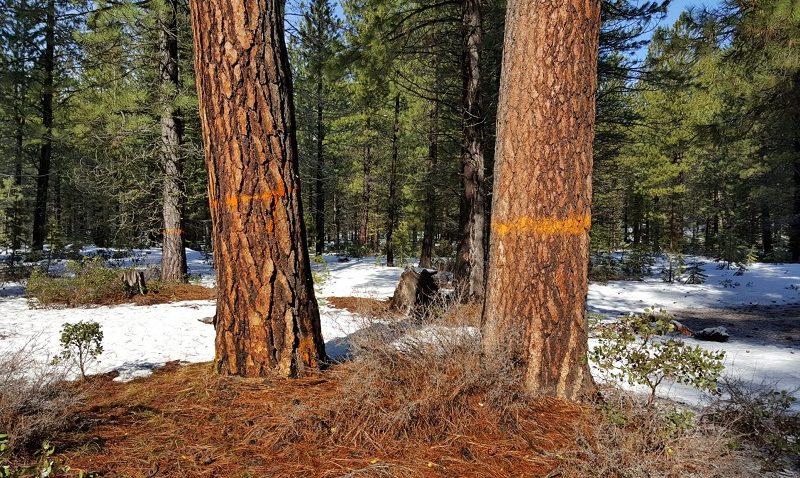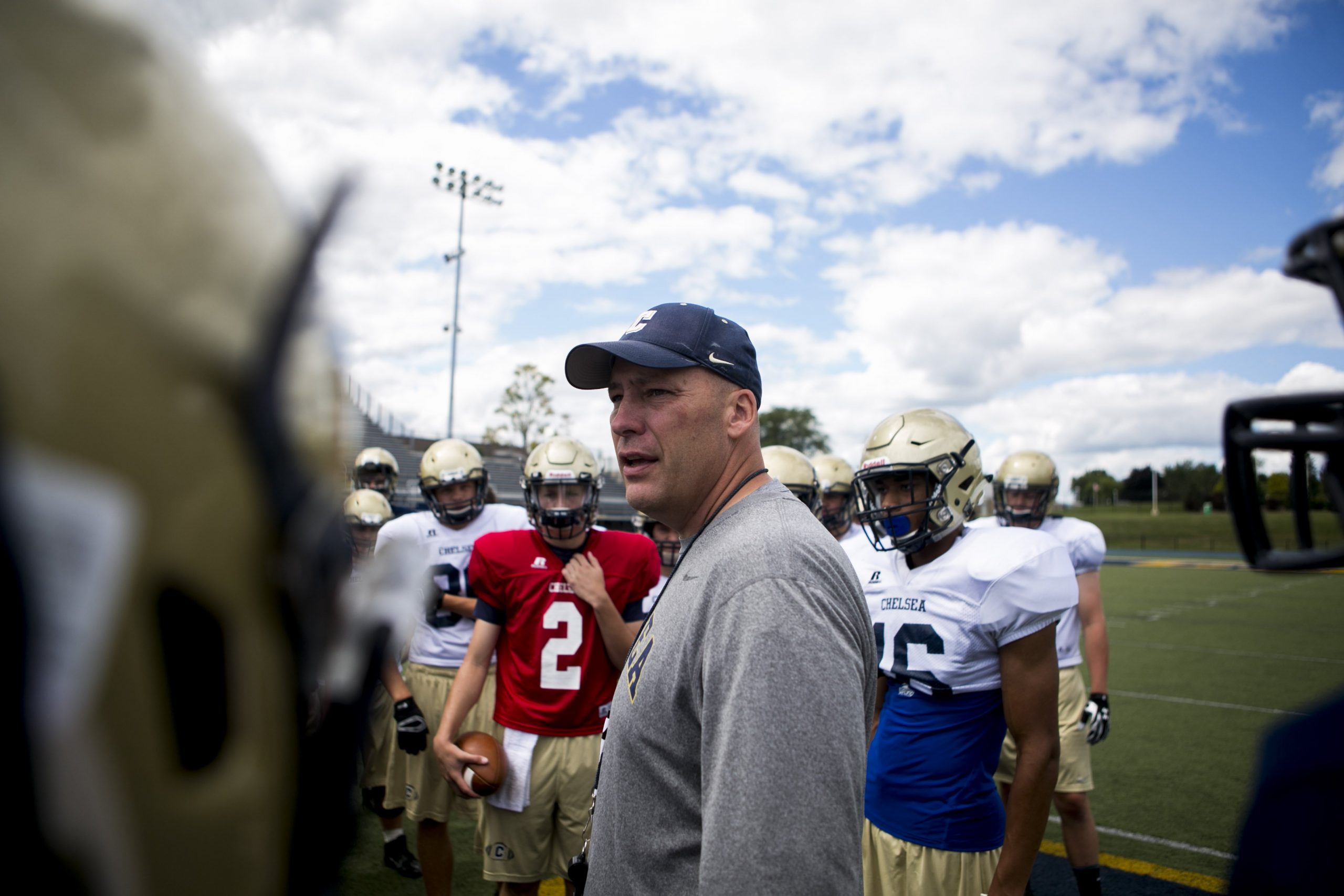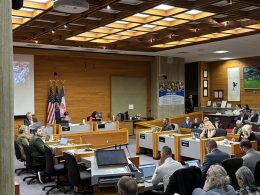Salem, OR – Oregon’s last remaining old-growth forests, vital to the health of the state’s ecosystems and the battle against climate change, face an uncertain future. With the backdrop of a national push to protect such forests under President Joe Biden’s executive order, environmental advocates are calling on Oregon Governor Tina Kotek to step up and safeguard these ancient trees that have been the bedrock of local wildlife habitats and carbon storage for centuries.
These old-growth forests, which occupy only a small fraction of Oregon’s state-owned lands, are home to hundreds of species found nowhere else in the world. Among them are the red tree vole, a small rodent that plays a crucial role in the food chain, and the northern spotted owl, a bird that has become a symbol of the region’s conservation efforts. These forests also play a significant role in maintaining healthy salmon habitats by adding large branches and trees to streams, which are essential for their survival.
More than just providing sanctuary to wildlife, old-growth forests have an outsized impact on the environment. They store carbon at rates far higher than younger forests, helping mitigate the effects of climate change. Additionally, their deep roots and dense canopies make them more resilient to wildfires—an increasingly important quality as climate-related fires become more frequent and severe.
However, these forests are disappearing at an alarming rate. Due to decades of industrial logging, Oregon has lost much of its old-growth forest cover, leaving just 6% of its forests as mature or old-growth. In total, approximately 41,500 acres of old-growth remain on state-managed lands. These numbers make the protection of the remaining forests all the more urgent.
The Oregon Board of Forestry has recently taken steps to address this issue, approving a habitat conservation plan that will protect nearly half of Oregon’s state forests from logging. However, the plan still falls short in safeguarding many of the remaining old-growth acres. Specifically, about 9,500 acres—nearly a quarter of the state’s old-growth forests—will remain open to clear-cutting under the current plan.
Environmental advocates, including the Center for Biological Diversity, argue that more immediate and comprehensive action is necessary. They are calling on Governor Kotek, who has already taken important steps to combat climate change through clean energy initiatives, to apply similar leadership to the protection of Oregon’s old-growth forests.
One significant obstacle to achieving these protections lies in the way the state funds its Department of Forestry. The department’s budget is heavily reliant on revenue from timber harvests, which creates a financial conflict with conservation efforts. This model has long prioritized economic returns from logging over the long-term health of Oregon’s forests and wildlife.
Advocates argue that it is time for a shift in how Oregon manages its forests. Rather than continuing to rely on timber harvests for funding, they propose exploring alternative revenue streams that would prioritize the protection and sustainable management of these irreplaceable ecosystems. The call for a new funding model, along with stronger forest protections, has become more urgent as the effects of climate change and the extinction crisis become ever more apparent.
Scientists around the world are sounding the alarm about the rapid loss of biodiversity, and the destruction of natural habitats—such as old-growth forests—is a primary driver of species extinction. Oregon’s old-growth forests provide not only critical habitat for endangered species but also essential services for all Oregonians, including clean water, air, and climate regulation.
With the stakes so high, the pressure is mounting for Governor Kotek to take bold action. By championing the protection of the state’s last old-growth forests, Kotek has the opportunity to position Oregon as a leader in both environmental stewardship and climate action. Her support could push the Oregon Board of Forestry to expand conservation efforts and ensure that these ancient forests remain standing for future generations to enjoy.
As the fight against climate change and species extinction intensifies, the preservation of Oregon’s old-growth forests is a critical front in the battle. With Governor Kotek’s leadership, Oregon could become a model for how state and local leaders can take meaningful action to protect the environment, safeguard biodiversity, and combat climate change at the local level. The time to act is now.











